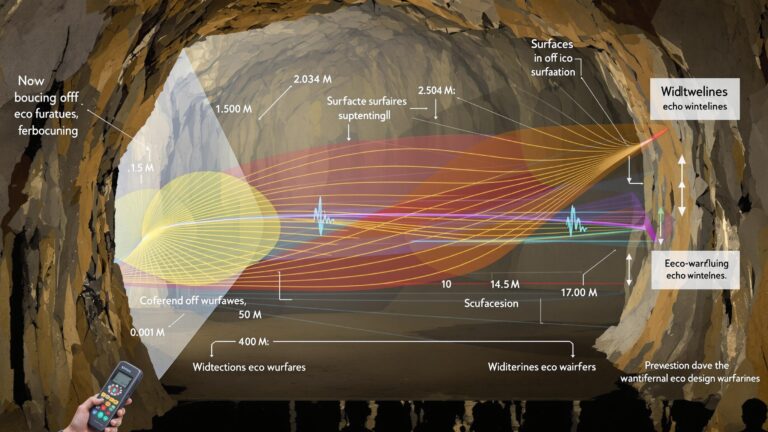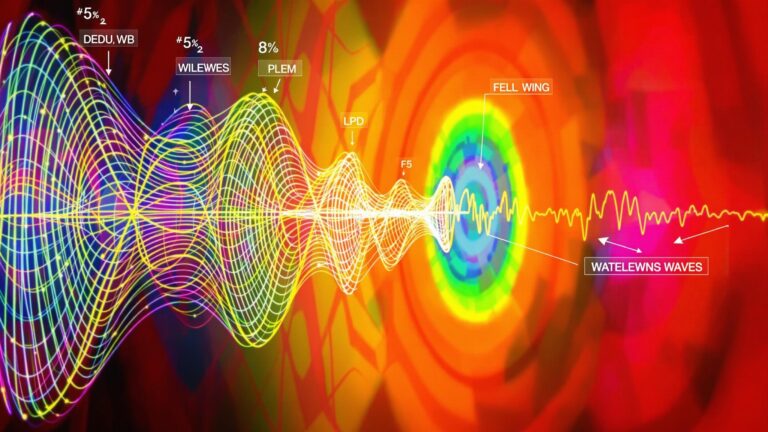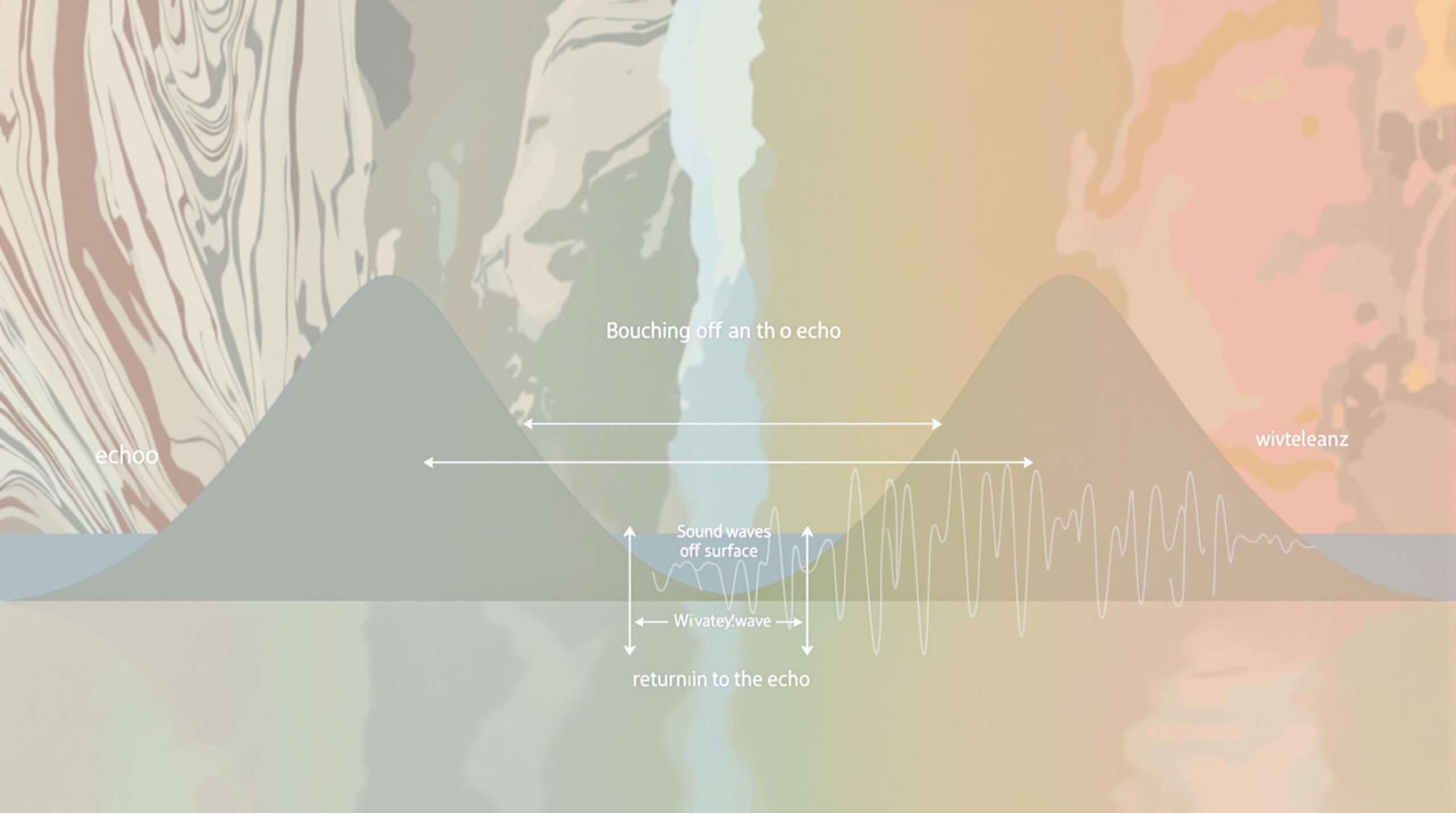Unlocking the Secrets of Echo Wavelength: What It Reveals About Your Surroundings!
Ever shouted into a canyon and heard your voice reverberate back? That’s an echo, and hidden within it lies a wealth of information encoded in its wavelength. Understanding echo wavelength isn’t just about knowing the science; it’s about unlocking a deeper understanding of the world around you.
What is Echo Wavelength, Exactly?
Before we dive in, let’s define our terms. A wavelength is the distance between two successive crests (or troughs) of a wave. In the context of sound, this translates to the distance between compressions in the air as the sound travels. When a sound wave encounters a surface, it reflects, creating an echo. The wavelength of that echo can tell us a lot.
The Secrets Echo Wavelength Reveals
-
Distance and Size: The most obvious application is determining distance. By measuring the time it takes for an echo to return and knowing the speed of sound, we can accurately calculate how far away the reflecting surface is. Moreover, analyzing the changes in wavelength can provide clues about the size and shape of the reflecting object.
-
Material Properties: Different materials absorb and reflect sound waves differently. The echo’s wavelength can shift depending on the material it bounces off. A hard, smooth surface like concrete will reflect sound waves with minimal change in wavelength, while a soft, absorbent material like fabric will dampen the echo and alter its wavelength more significantly. Sonar technology uses this principle to identify objects underwater based on their echo signatures.
-
Environmental Analysis: Echo wavelength analysis plays a crucial role in environmental studies. For example, scientists use sonar to map the ocean floor, study marine life, and assess the health of coral reefs. Similarly, bats use echolocation, interpreting the changes in echo wavelength to navigate and hunt in the dark.
Applications in Everyday Life
Understanding echo wavelength principles isn’t just for scientists. Here are a few everyday applications:
- Acoustics: Architects and sound engineers use echo wavelength analysis to design concert halls, recording studios, and even homes to optimize sound quality and minimize unwanted reverberations.
- Medical Imaging: Ultrasound technology relies on echo wavelength principles to create images of internal organs and tissues for diagnostic purposes.
- Navigation: Self-driving cars use sonar and radar, which are based on similar principles, to perceive their surroundings and avoid obstacles.
Dive Deeper into the World of Sound
The next time you hear an echo, remember that it’s more than just a repetition of sound. It’s a package of information waiting to be decoded. By understanding the principles of echo wavelength, you can unlock a new level of appreciation for the intricate ways sound shapes our perception of the world.



